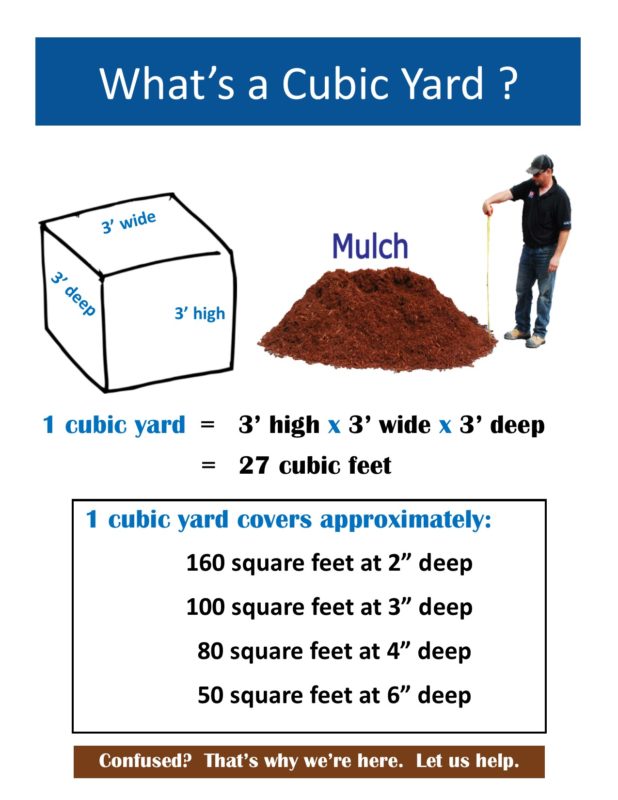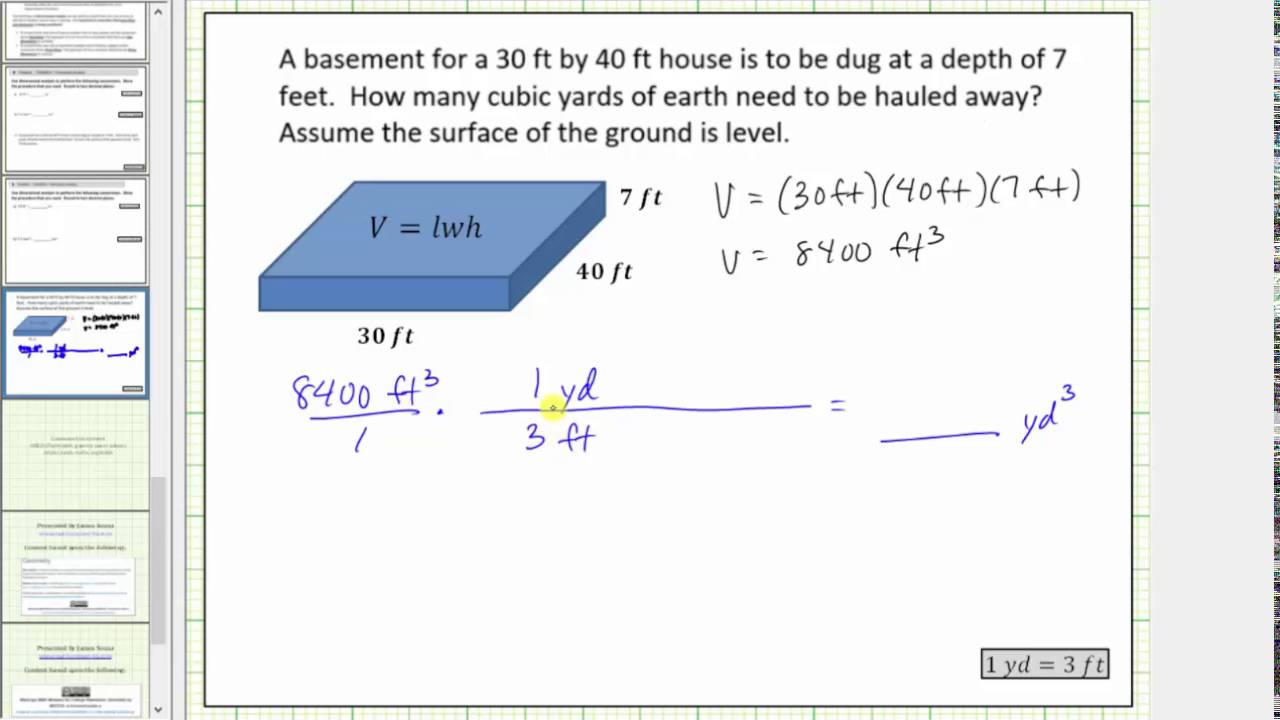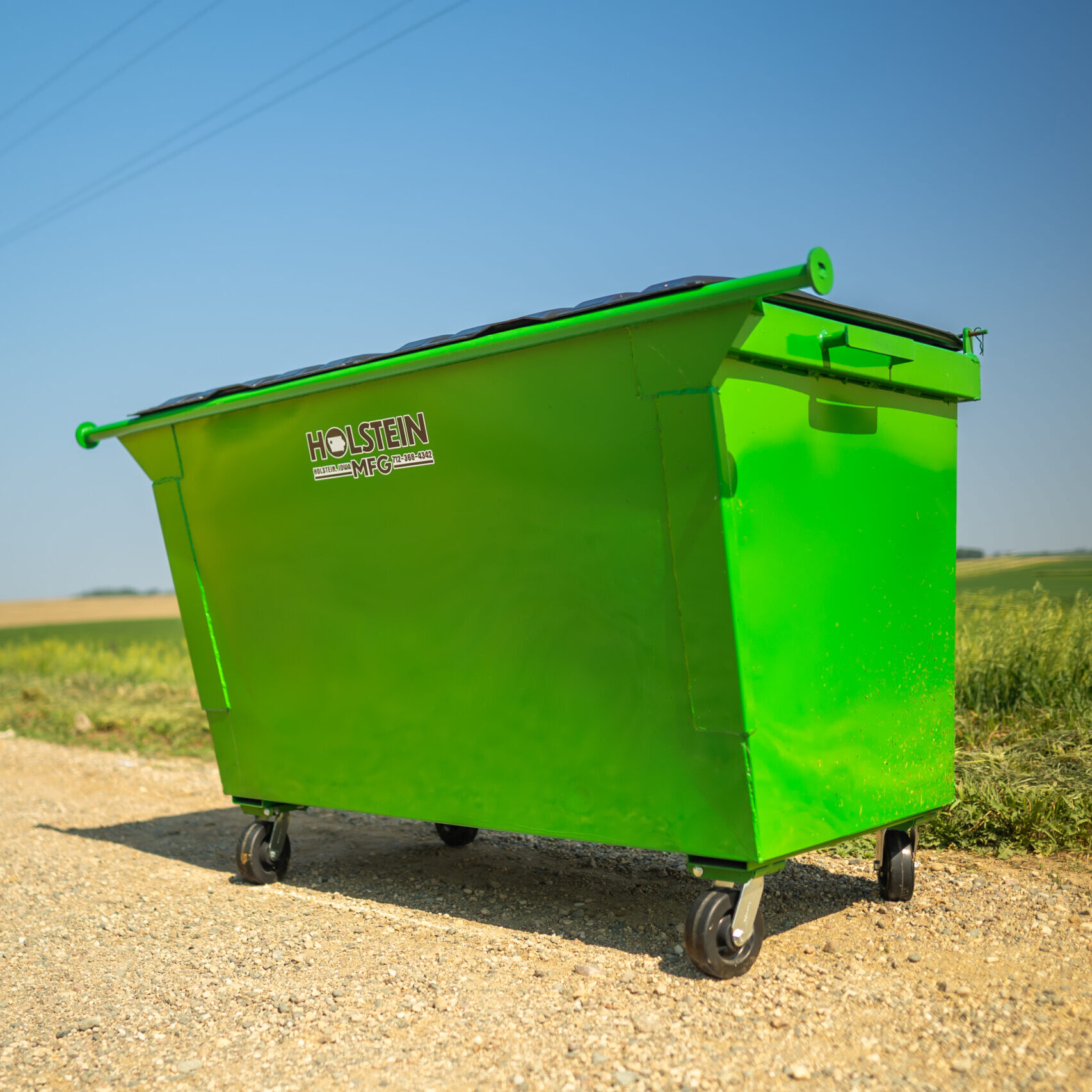“`html
Smart Ways to Calculate Cubic Yards Effectively in 2025: Discover the Best Methods!
Calculating cubic yards is a vital skill for anyone involved in construction, landscaping, or DIY projects. Understanding how to calculate cubic yards accurately helps in ordering the right materials, ensuring you don’t waste money or time. In this comprehensive guide, we will explore the various methods to measure cubic yards, using practical examples, effective formulas, and tools like cubic yard calculators that will ease the task significantly.
Understanding the Basics of Cubic Yards Measurement
Before diving into calculations, it’s crucial to understand what a cubic yard is. A cubic yard is a unit of volume that measures a cube with dimensions of one yard on each side. This metric is essential in many fields, particularly construction and landscaping. By familiarizing yourself with cubic yard definitions, you can ensure you use this measurement correctly in your projects.
Cubic Yard Formula and Examples
The cubic yard formula is relatively simple: multiply the length, width, and height of the object in yards. For example, if you have a space measuring 3 yards long, 2 yards wide, and 1 yard high, the calculation would look like this:
- Length: 3 yards
- Width: 2 yards
- Height: 1 yard
The formula: 3 x 2 x 1 = 6 cubic yards. This means the volume is 6 cubic yards. Understanding the cubic yard volume is crucial in determining how much material you’ll need for your project.
Converting Cubic Feet to Cubic Yards
Often, measurements come in cubic feet rather than cubic yards. To convert cubic feet to cubic yards, divide the total cubic feet by 27 (since there are 27 cubic feet in one cubic yard). For instance, if you have 54 cubic feet, the calculation would be:
54 ÷ 27 = 2 cubic yards. This conversion method is essential in ensuring you get the right amounts for cubic yards in construction and other applications.
The Importance of Accurate Cubic Yard Measurements
Getting the cubic yard measurements right is crucial, as it can significantly affect your project budget and material utilization. Common errors in calculating cubic yards can lead to purchasing either too much or too little material. Thus, understanding common cubic yard calculations and practicing the methodology can save you money and time in the long run.
Practical Applications of Cubic Yards
Cubic yards have vast applications across various fields. Knowing why you need to calculate cubic yards can refine your decision-making, especially in landscaping, construction, and packing. Below, we delve into some specific uses of cubic yards.
Cubic Yards in Construction Projects
In construction, cubic yards are essential while estimating materials such as concrete, gravel, and fill dirt. Understanding cubic yards in construction allows builders to measure precisely how much material is needed for foundations, walls, and roadbeds. A popular rule of thumb is that a cubic yard of concrete covers approximately 10 square feet at a thickness of 3 inches.
Cubic Yards for Landscaping
For landscapers, knowing the cubic yards for landscaping projects is vital to purchasing mulch, soil, or stone correctly. When planning a garden or landscape remodel, one must ensure the correct depth and coverage for various elements. For example:
- If your planting bed is 12 feet long, 4 feet wide, and you want to cover it with 3 inches of mulch, you can convert the height to feet (3 inches = 0.25 feet) and use the formula: 12 x 4 x 0.25 = 12 cubic feet. Then convert:
- 12 ÷ 27 = 0.44 cubic yards
This is how you discover how much mulch to buy!
Cubic Yards in Environmental Calculations
Awareness of cubic yards in environmental calculations is becoming increasingly crucial. Organizations and individuals can measure how much waste they generate or how much dirt will be moved to promote sustainability in their projects. It informs disposal strategies and encourages eco-friendly practices.
Using Technology and Tools for Calculating Cubic Yards
With technological advancements, various tools, including cubic yard calculators online, have made it easier to calculate cubic yards intuitively and accurately. Armed with a smartphone, anyone can input their dimensions and get results almost instantly!
Exploring Cubic Yard Calculator App and Online Tools
Numerous cubic yard calculators are available online, allowing users to input their measurements and receive immediate outputs. Some calculators also offer templates for different materials like soil, mulch, and concrete, making it easy to determine how much you need for your project whittling down the work by ensuring you get correct estimates! Check out this great resource here for a reliable cubic yard calculator.
Using Apps for Easy Calculations
There are mobile applications specifically designed for calculating cubic yards. These apps allow eye-level adjustments of material dimensions and instant conversions. Features such as saving previous calculations come in handy for repeat users or ongoing projects.
Understanding Measurement Units in Cubic Yards
It is crucial to comprehend the units used in measuring cubic yards effectively. Different projects may require converting from cubic yards to gallons, liters, or even cubic meters. A solid foundation of cubic yard units will make your calculations easier by decluttering options for data representation.
Key Takeaways
- Mastering how to calculate cubic yards is essential for accurate material estimation.
- Always convert cubic feet to cubic yards using simple calculations.
- Cubic yards play a significant role in construction and landscaping.
- Leverage technology, such as online calculators and mobile apps, for efficient calculations.
- Understanding different measurement units will enhance your accuracy in projects.
FAQ
1. What is a cubic yard, and why is it important?
A cubic yard is a volume unit measuring a cube with dimensions of one yard on each side. It’s essential for estimating amounts of materials needed in various projects, including construction and landscaping.
2. How do I convert cubic yards to gallons?
To convert cubic yards to gallons, multiply the cubic yards by 201.97 (1 cubic yard = 201.97 gallons). For instance, 2 cubic yards would be 2 x 201.97 = 403.94 gallons.
3. What are some common mistakes in cubic yard calculations?
Common mistakes include miscalculating dimensions, failing to waterproof material estimates to avoid waste, improper unit conversions, and not accounting for different materials when calculating.
4. How do cube volume calculators work?
Cubic yard calculators work by allowing users to input measurements directly to provide instant calculations, while the backend performs the volume calculations automatically, significantly speeding up the process.
5. Can I use a cubic yard calculator for landscaping projects?
Absolutely! Cubic yard calculators for landscaping help determine the volume of mulch, soil, and other materials you need, ensuring you don’t over-order or under-order.
6. What factors do I need to consider when estimating cubic yards?
Factors include the project dimensions, the desired depth of the material, the type of materials being used, and adjustments for settling and displacement.
7. Where can I find online cubic yard calculators?
You can find numerous online cubic yard calculators through home improvement sites or construction resources. Check out this reliable tool here for your needs!
“`


